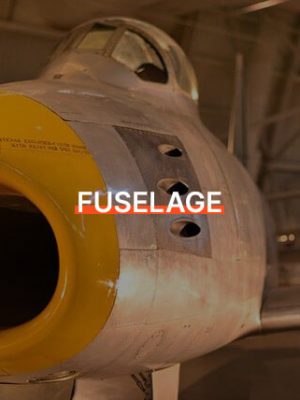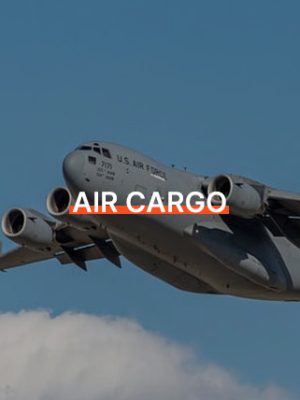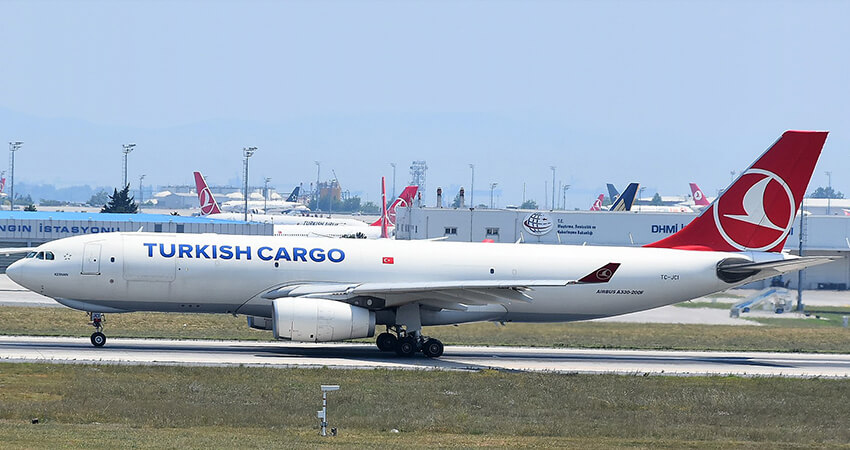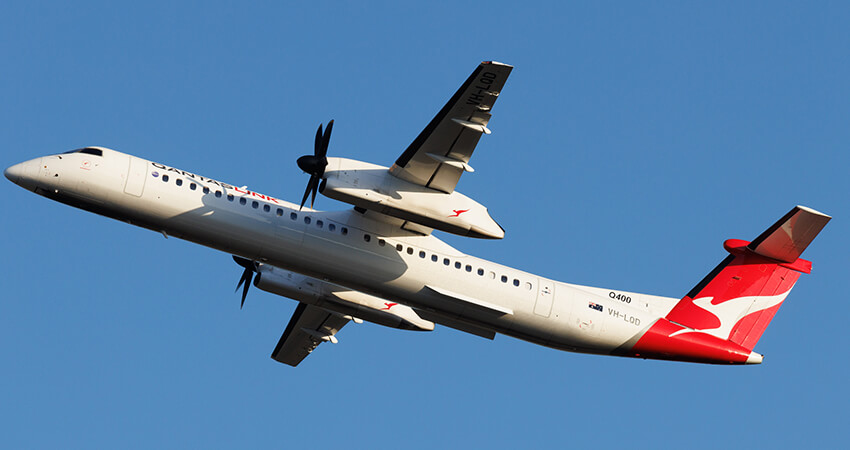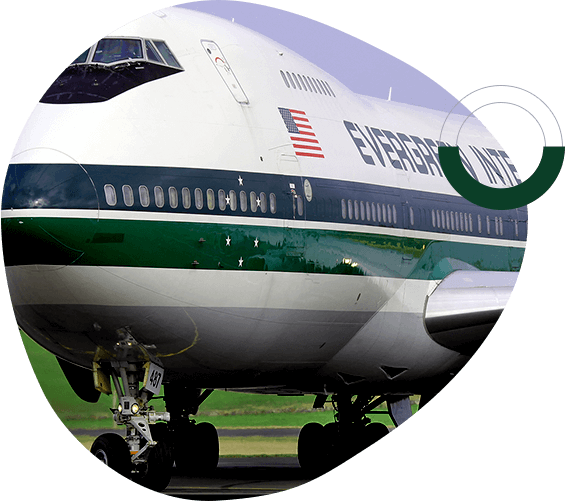
20+
Years Of ExperienceNavigating the Skies: Evergreen Aviation Knowledge Hub
When it comes to airplanes, the air cargo industry has almost always been stuck with the leftovers. Even the minority of all-cargo planes built as freighters typically hail from the tail end of the production line and feature an airframe design already on its way out of favor.
Evergreen Aviation was founded with one purpose in mind: to provide the passenger with the most up-to-date airline related news they could find on the web.
We will follow the many dramatic efficiency improvements related to drop capability, mission diversity and response time in aviation.
